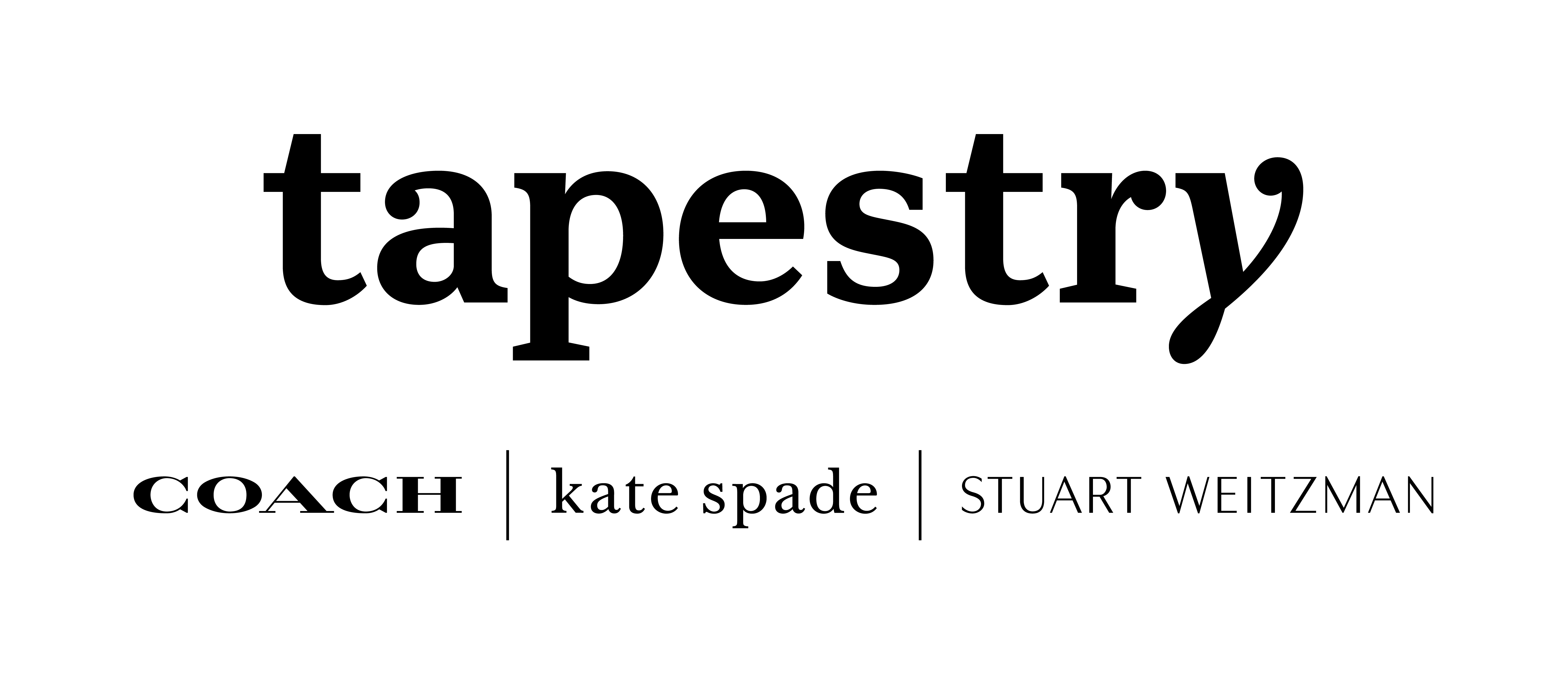Addressing and Reducing Waste Within the Tapestry Supply Chain
Originally published in Tapestry's 2021 Corporate Responsibility Report
To help protect the environment, we are addressing and reducing waste from our direct operations and our supply chain. We are innovating and re-thinking historical fashion industry norms by reusing, recycling and repurposing, which ultimately result in less waste to landfill. These efforts extend the life of our products and contribute to a more sustainable circular economy.
OPERATIONAL WASTE
In FY2021, our total municipal waste consumption across our distribution centers and offices was 4,079 tons. We recycled or diverted 86% of waste from landfills. To continue to make progress, we set a goal to reduce waste from our North American corporate offices and distribution centers by 25% by 2025. Our waste increased 3% from 2018 levels; however, it decreased by 2.8% since the previous year.
We participate in recycling programs to keep materials out of landfills and minimize our environmental impact. Where our teams have a surplus of sample materials, such as fabrics or leathers, we aim to donate these materials to organizations that donate or recycle them. For example, in FY2021, we donated 3,489 lbs. of textiles to FabScrap.
We also seek to reduce waste across our retail locations. In FY2021, our Global Environments team recycled 585 tons of materials from unused store fixtures.
Waste in Our Supply Chain
40% of our suppliers who completed the Higg FEM waste management module and had their data verified by a third-party agency achieved a Level 1 rating, and 2% achieved a Level 2 rating.1 Based on Tapestry’s allocated volume at these facilities combined with our tanneries audited by the LWG, the suppliers disclosed a total of 13,134 MT with a 65% landfill diversion rate through recycling, reuse, composting or recovery methods.
Read more about Higg FEM and our work to help suppliers improve environmental performance in the Engaging Our Suppliers section of this report.
PACKAGING
We strive to reduce or eliminate materials in our packaging when possible and use recycled content when we can’t. Our goal is for all packaging to include 75% recycled content by 2025. See the table below for a breakdown of our progress across key packaging categories. We also encourage consumers to recycle and enable them to do so by ensuring that our packaging is recyclable in most municipal facilities.
| Percent Recycled Content in Consumer Packaging | |||
|---|---|---|---|
| Coach | kate spade | Stuart Weitzman | |
| Retail Shopping Bags | 85% | 40% | 40-75%2 |
| Retail Boxes | 75% | 60% | 75% |
| Outlet Shopping Bags | 90% | 80% | 40-75%3 |
| Outlet Boxes | 75% | 75% | 75% |
In FY2021, we formed a Packaging Task Force which includes cross-functional business leaders from our Procurement Teams. The Task Force is focused on innovating our packaging through sustainable design. Our brands are working towards improving the environmental criteria of their packaging through the following examples:
Coach:
- Reducing paper use by transitioning multiplepage, product care booklets to a QR code4
- Moving towards at least 75% recycled content in all customer-facing and in-store collateral5
kate spade new york:
- Launching 100% recycled content dust bags made from recycled plastic bottles6
Stuart Weitzman:
- In the U.S. and EU, exhausting existing packaging inventories before fully transitioning to packaging made up of at least 75% recycled content
1 As of November 2021
2 Packaging within the U.S. and EU is at least 40% recycled content. Packaging within China is at least 75% recycled content
3 Packaging within the U.S. and EU is at least 40% recycled content. Packaging within China is at least 75% recycled content
4 This initiative will launch in stores in FY2022 19 By the end of FY2022 20 This initiative will launch in FY2022
5 By the end of FY2022
6 This initiative will launch in FY2022



